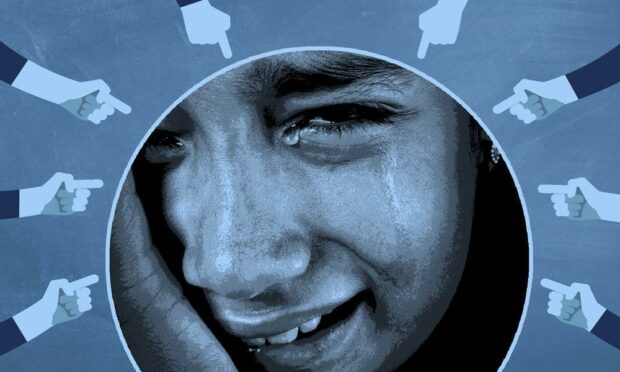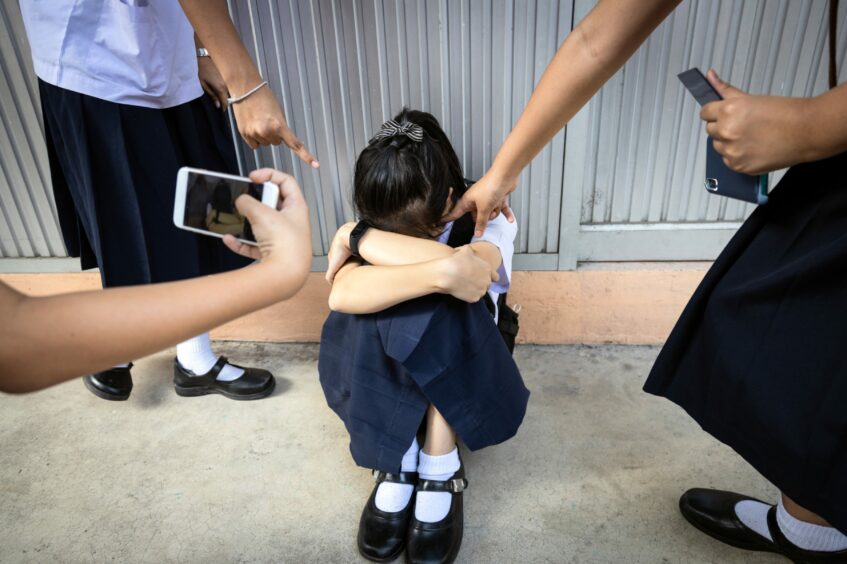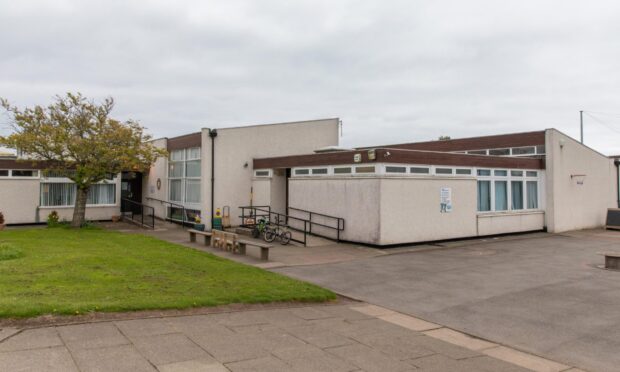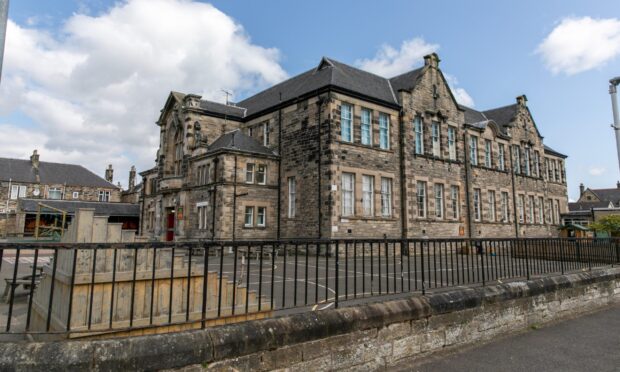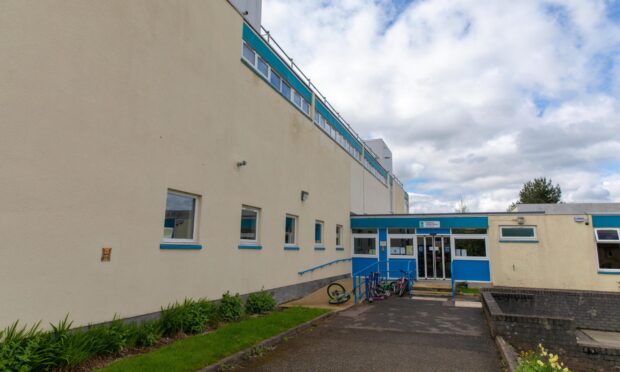Pupils in Scottish schools are being bullied over their race, religion and body image, and shocking data reveals hundreds of reported incidents last year.
Tayside and Fife schools recorded 1,015 bullying incidents in the 2020/21 school year.
And little has improved in the new school year, as data we obtained through a freedom of information request reveals many more pupils reported bullying in the first term from August to October 2021.
Parents have shared details with us of the distressing ordeals their children have reportedly experienced at local schools.
They have also told us of the harrowing impact bullying has had on their children’s wellbeing.
And in our survey, they told us they did not trust schools to effectively tackle the issue.
Now we can reveal how many bullying reports were recorded by schools across the four local authority areas and the types of incidents said to have occurred.
What are the reasons given for bullying in Scottish schools?
Some reports can have more than one reason or behaviour, and this has been reflected in the results.
There were 281 bullying cases recorded in Perth and Kinross Council schools between August 2020 and October 31 2021.
The majority – 158 – of these incidents were verbal, however there were 94 reports of physical bullying including pupils being pushed or kicked.
Most of the perceived reasons are unknown, but 34 were recorded as targeting body image or appearance, while 17 occurred because of race, religion or culture.
Dundee City Council schools recorded 211 bullying incidents, with 115 marked as verbal and 58 physical.
And 56 pupils in the city were targeted because of their race, religion or culture, while 20 were because of body image and 14 were recorded as bullying because of sexual orientation.
Some 642 bullying incidents were recorded in Fife Council schools since August 2020, with 370 physical incidents.
Hundreds of online bullying incidents or abusive messages were recorded in the kingdom.
Fife Council did not provide the perceived reasons or characteristics of the bullying incidents.
Angus schools recorded 147 reports of bullying, with 23 characterised as based on sexual orientation.
‘Robust’ anti-bullying policies
A Dundee City Council spokesman said: “Schools take allegations of bullying extremely seriously and will thoroughly investigate any incidents.
“Families are involved in the process and appropriate action will be taken where necessary.
“All schools in Dundee have developed their own anti-bullying policy based around the city-wide document.
“The city council’s children and families service wants the differences and unique qualities of our children and young people to be celebrated. Anti-bullying strategies are key to ensuring this happens across all establishments.
“The service monitors and reports on bullying incidents within its equalities outcome action plan.”
An Angus Council spokesperson said: “All incidents, complaints and allegations of bullying or harassment in our schools are taken very seriously.
“We advise our young people to report any incidents immediately to staff or another trusted adult so they can be investigated and addressed promptly and effectively.”
A Perth and Kinross Council spokesperson said: “Perth and Kinross Council wants all our children and young people to learn in a safe environment and take all incidents of bullying extremely seriously.
“We have an anti-bullying strategy in place and our schools actively work to reduce bullying and address concerns through a range of approaches, and in response to the context of each incident.”
Fife Council head of education and children’s services, Shelagh McLean, commented: “Bullying in any form is unacceptable and we have a number of systems in place to support children and help them to feel safe in our schools.
“Every Fife school has developed and implemented a robust anti-bullying policy designed to protect children who may be vulnerable to harassment.
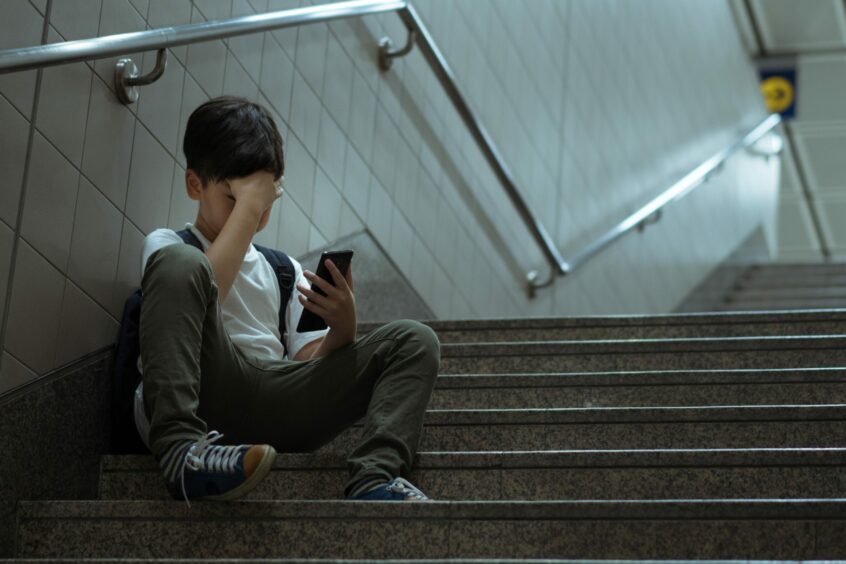
“Any allegations of bullying are taken extremely seriously. This means that incidents are reported, recorded and responded to appropriately.
“In Fife we have implemented a range of approaches to ensure children and young people develop positive attitudes to support an inclusive society and a number of our schools are Rights Respecting Schools.
“This recognises that children will have developed understanding of racism, cultural values and respecting each other regardless of colour or background.”
Anyone who witnesses bullying should report the incidents to a relevant authority, such as teachers, police or parents.
Scotland’s anti-bullying service RespectMe offers guidance for young people who are experiencing bullying and their parents and teachers.
If you feel like the bullying you witnessed at school or online was a hate crime, you can also report it to Police Scotland via 101.
Childline support young people with any worries they may experience, including mental health and bullying.
They can be contacted confidentially on 0800 11 11 or use their free 1-2-1 counselling service.
Read more from our bullying series
- ‘Mummy I just want to die’: Devastating words of Fife girl, 7, after years of bullying
- Bullying in schools: Our survey reveals 9 in 10 parents do not think schools can effectively tackle it
- Bullying advice: How to help children who are being bullied
- Types of bullying: What is classed as physical, sexual and prejudicial bullying?
- Devastating effects of bullying on children in the short and long term
- OPINION: I attempted suicide after years of bullying – schools need to take it seriously
- Autistic Angus teen terrified to go to school after pupil threatens to ‘kill him’
- How to report bullying to schools and the police
- Mum says alleged assault of her 5-year-old son shows bullying happens at any age
- Autistic Angus teen pulls her own hair out and ‘wants to die’ because of relentless bullying
